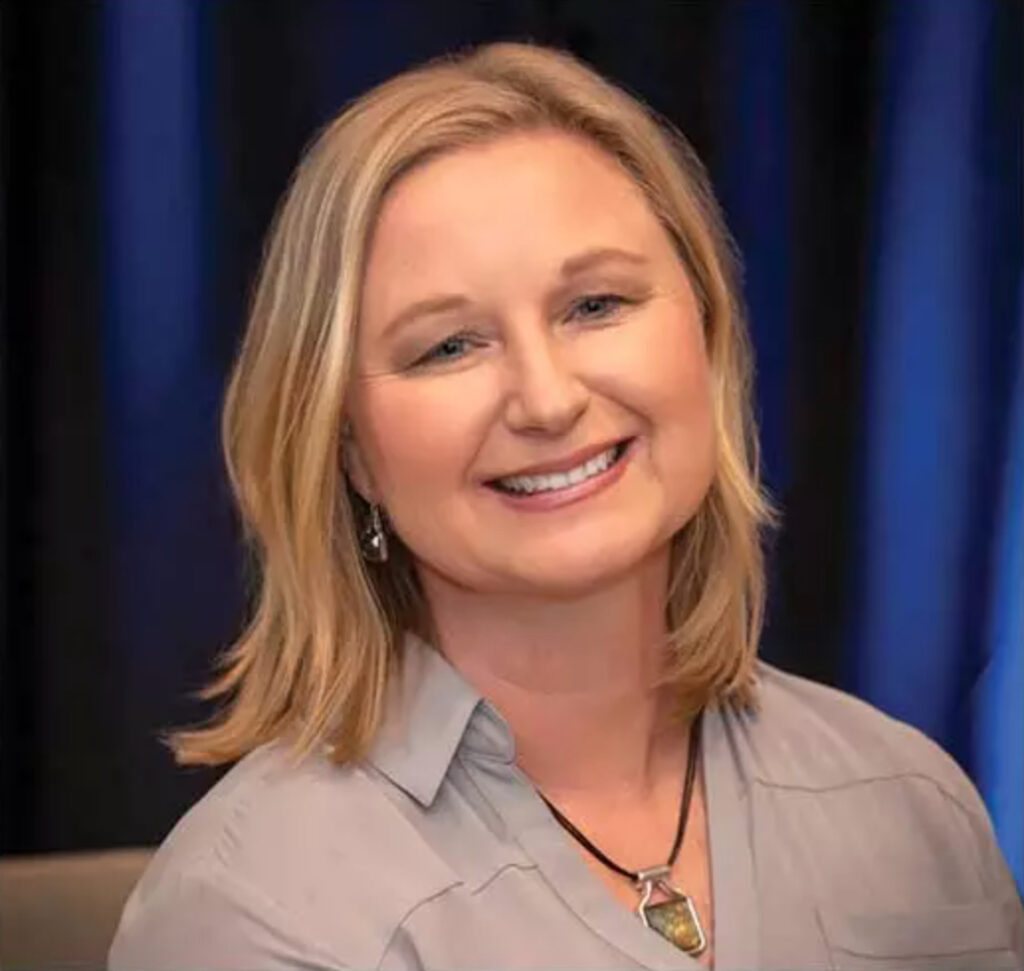Late last year, the new Home Equity Conversion Mortgage (HECM) maximum claim amount (MCA) – often simply referred to as the “reverse mortgage lending limit” – was announced by the U.S. Department of Housing and Urban Development (HUD) to be $970,800 as of January 1, 2022. When reached about the potential differences such a lending limit could make on the state of the reverse mortgage industry, loan originators were understandably very encouraged by the realities that come with a limit of very nearly $1 million for the federally-insured reverse mortgage program.
However, while it’s likely that the higher MCA will make a difference in terms of loan production, there are potential drawbacks in the longer-term that could present themselves with such a lending limit including additional stress on the Mutual Mortgage Insurance (MMI) Fund, the potential for disruption of the private product marketplace, and the additional production of HECM-to-HECM refinance transactions which made up as much as half of reverse mortgage loan volume in 2021 according to data cited by an independent actuarial firm.
These are some perspectives shared with RMD by a group of reverse mortgage industry analysts in December shortly after the lending limit was announced.
HECM limit’s potential impact on the MMI Fund
Of the analysts who shared their perspectives with RMD, all agreed with the general thoughts of lenders and originators that a higher lending limit is likely to translate into higher volume. However, with the HECM book of business inside the MMI Fund only just now managing to return to positive territory for the first time since 2015, a higher lending limit could add to perceptions of reverse mortgages as expensive.
This is according to Wendy Peel, managing director and partner in reverse lending at BlackFin Group.
“The sizable increase to the lending limit by HUD will likely help maintain or even increase loan volume,” Peel says. “However, mortgage insurance for new loans at the new lending limit could push the initial premium to nearly $20,000 for the borrower and unfortunately there is still a perception this loan could be predatory since it is a high-cost loan mainly due to this fee.”
High fees for HECM borrowers should potentially be explored to offset this perception, she says.
“The MMI Fund was recently reported as improved since the 2% initial fee was imposed in 2018; ensuring the loan remains a non-recourse loan making the HECM program viable,” Peel explains. “Perhaps now is a good time to look for opportunities to offset some of these borrower fees.”
A higher loan limit is welcome, to be sure, but the risk to the MMI Fund it may cause should be acknowledged by those in both the reverse mortgage industry and the government according to Michael McCully, partner at New View Advisors.
“While we applaud FHA for continuing to serve an increasingly larger percentage of homeowners 62 years of age or older with its HECM program, the new lending limit, put in place after a rapid, multi-year rise in home values, will put the MMI Fund at increased risk for crossover loss, especially in light of what was disclosed in [November’s] 2021 Annual MMI Fund Report to Congress.”
That disclosure centered on the report’s attribution of the HECM contribution to the Fund’s capital ratio largely coming from high levels of home price appreciation (HPA), he says.
“A likely HPA reversion to the mean will adversely affect HECM’s MMI Fund contribution in the future,” McCully explains.
Proprietary product impacts
While most proprietary reverse mortgages feature their own loan limits of up to $4 million and present a reverse mortgage option for those with higher-valued homes, a HECM with a lending limit of very nearly $1 million has the potential to cut into the proprietary space, but there may also be a possibility for opening up proprietary options for certain potential borrowers, Peel says.
“In the longer term, the private sector – which was really gaining traction a couple of short years ago – may have more opportunities,” she says. “Will it be a challenge to compete with government programs or an opportunity to differentiate [private products] to borrowers? Many experts consider a balance of private and government lending preferential.”
However, the potential to arrest proprietary product proliferation is also present, says McCully.
“Higher MCA limits also stifle proprietary product volume and development as the increase in MCA allows higher home value homeowners to qualify for more HECM proceeds,” he says. “Lower proprietary product dampens institutional investor enthusiasm for non-Agency proprietary reverse mortgage securities, which in turn hurts product innovation. This effect also has the unintended consequence of putting an ever-increasing percentage of risk squarely with HUD, instead of dispersing it more evenly between public and private sectors.”
HECM-to-HECM refinances and the lending limit
Certain industry voices remain concerned about the high level of reverse mortgage refinances taking place, and the new lending limit could impact the state of HECM-to-HECM refinance transactions in a few ways, according to the analyst perspectives.
“This puts a little more runway in front of the HECM-to-HECM refinance angle, since loans originated less than 18 months ago likely have substantial appreciation from appraised value which a new loan at the higher limit could access,” says John Lunde, president of Reverse Market Insight (RMI). “There is still a finite, limited market here but it is now bigger and with more longevity than before the announcement.”
Ultimately, the new lending limit will mean that more refis are likely to be on the way, says McCully.
“The new MCA in effect starting January 1 will also cause additional HECM-to-HECM refinancing to occur, as borrowers – especially those that have recently taken out a HECM – will have access to additional proceeds from the higher lending limits,” he says.
Reverse mortgage product perceptions
As mentioned when it comes to the potential for a higher cost to the borrower on a per-loan basis, the higher lending limit could negatively impact the product perceptions of reverse mortgages among some voices of authority, Peel says.
“[The higher lending limit] may lead some non-HECM experts in various government agencies to continue their impression that the product could be predatory in nature, which is unfortunate since this administration has an agenda for helping [the senior] demographic to have needs met in retirement,” Peel explains. “The need for education in government agencies has never been more important than now.”
At the same time, a number of current realities being faced by older Americans when it comes to the state of the housing market and the ongoing COVID-19 coronavirus pandemic could also lead more seniors to take a new look at reverse mortgages because of the new limits, says Lunde.
“The current environment of higher inflation, low rates, rising home prices and higher lending limits gives lots of reasons for homeowners to seriously consider HECM as a way to counter some of their lost purchasing power over the past year in a way not seen in official inflation measures in decades,” he says. “Throw in some stock/bond market volatility along with the unattractive prospect of nursing homes from a pandemic perspective, and the guarantees built into HECM can increase stability for a big chunk of households.”
Lunde also remains curious about how a population shift taking place away from more urban parts of the country to more suburban and rural areas could impact the reverse mortgage industry, he says.
“Higher lending limits bring a greater range of options for potential customers looking to HECM for Purchase into a less dense location, whether to follow a family that is remote working or other reasons,” Lunde explains.
In the end, much of the climate in the broader housing market as well as the realities brought to reverse mortgages by the new lending limit create a general sense of optimism for lenders and originators to look for new HECM borrowers to bring into the fold, says Peel.
“Ultimately, the increased lending limit on the surface coupled with interest rates rising and the peak of the Boomers coming of HECM age – there has never been a better time for this industry to bring in new borrowers, new lenders and banks and ideally level set against the last year’s HECM-to-HECM refinance boom,” she says.








